Subgenus Urostigma Rank Species | Scientific name Ficus benghalensis Higher classification Fig | |
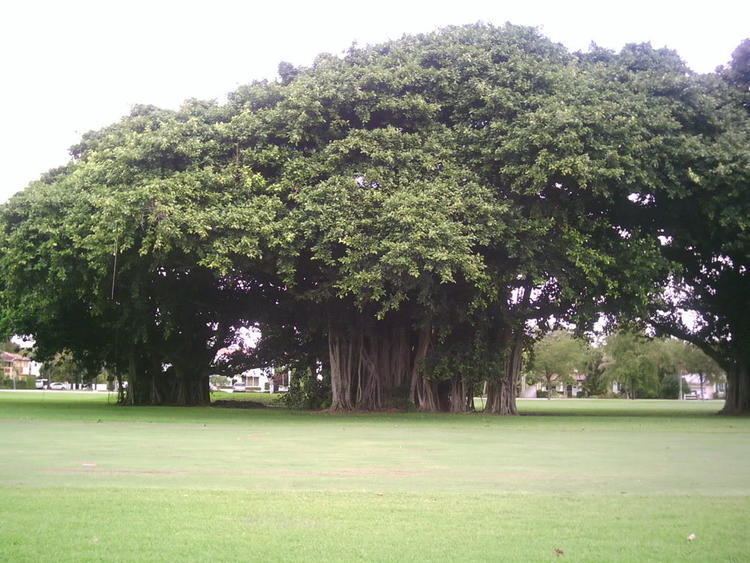 | ||
Similar Fig, Moraceae, Sacred fig, Weeping fig, Rubber fig | ||
Indian banyan tree update and repot ficus benghalensis
Ficus benghalensis, commonly known as the banyan, banyan fig and Indian banyan, is a tree native to the Indian Subcontinent. Specimens in India are among the largest trees in the world by canopy coverage.
Contents
- Indian banyan tree update and repot ficus benghalensis
- Cuttings of banyan tree rooting in water sand ficus benghalensis for bonsai
- Ecology
- Cultural significance
- Notable specimens
- References

Cuttings of banyan tree rooting in water sand ficus benghalensis for bonsai
Ecology
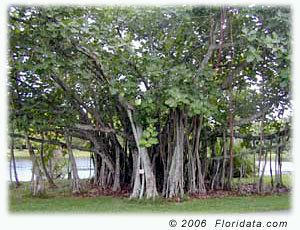
Ficus benghalensis produces propagating roots which grow downwards as aerial roots. Once these roots reach the ground they grow into woody trunks.
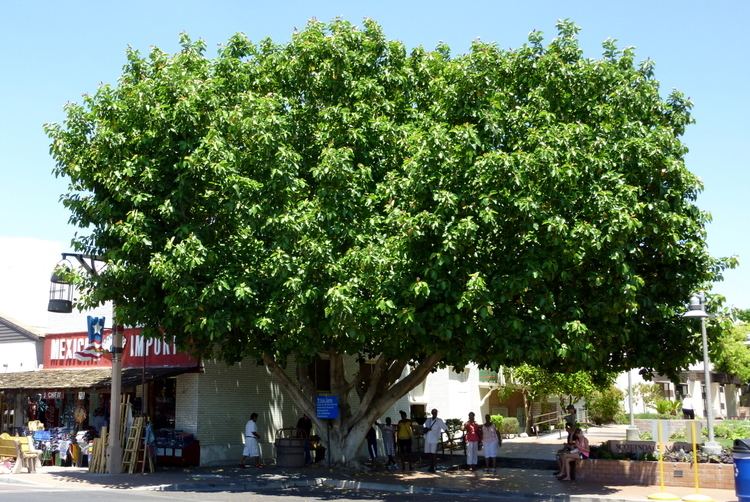
The figs produced by the tree are eaten by birds such as the Indian myna. Fig seeds that pass through the digestive system of birds are more likely to germinate and sprout earlier.
Cultural significance
Ficus benghalensis is the national tree of India.
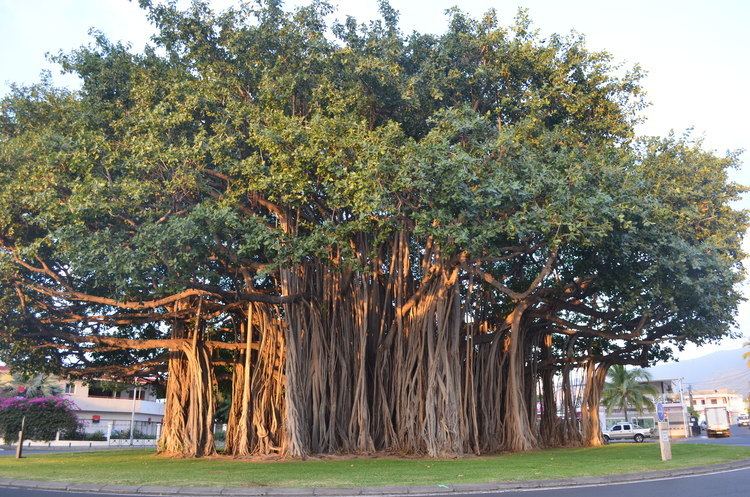
The tree is considered sacred in India, and temples are often built beneath. Due to the large size of the tree's canopy it provides useful shade in hot climates.
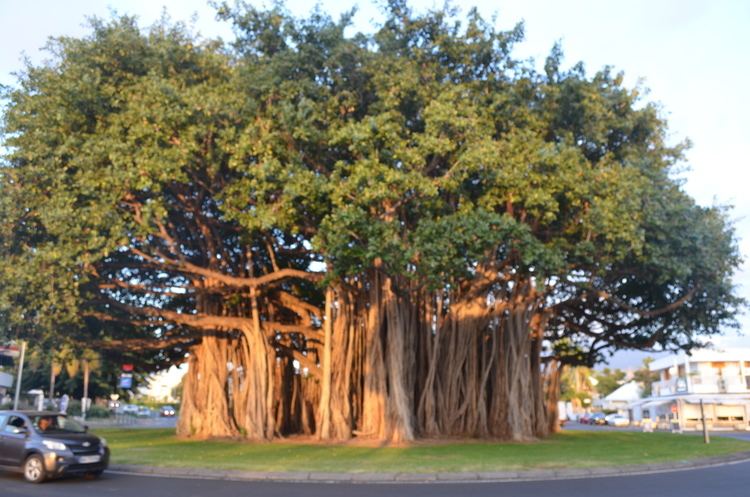
In Theravada Buddhism, this tree is said to have been used as the tree for achieved enlightenment, or Bodhi by the twenty fourth Lord Buddha called "Kassapa - කස්සප". The sacred plant is known as "Nuga - නුග" or "Maha nuga - මහ නුග" in Sri Lanka.
Notable specimens
The giant banyans of India are the largest trees in the world by area of canopy coverage. The largest, known specimen of tree in the world in terms of the two dimensional area covered by its canopy is Thimmamma Marrimanu in Andhra Pradesh, India, which covers 19,107 m2 (4.721 acres). This tree is also the largest, known specimen of tree in the world in terms of the length of its perimeter, which measures 846 m (2,776 ft).
Nearchus, an admiral of Alexander the Great, described a large specimen on the banks of the Narmada River in contemporary Bharuch, Gujarat, India; he may have described the specimen presently named "Kabirvad". The canopy of the specimen which Nearchus described was so extensive that it sheltered 7,000 men. James Forbes later described it in his Oriental Memoirs (1813-5) as almost 610 m (2,000 ft) in circumference and having more than 3,000 trunks. Modernly the area of its canopy is circa 3 square kilometers.
Other notable Indian specimens include The Great Banyan in the Acharya Jagadish Chandra Bose Indian Botanic Garden in Shibpur, Howrah, which has a canopy area of 18,918 m2 (4.675 acres) and is circa 250 years old, and Dodda Aladha Mara in Kettohalli, Karnataka, which has a canopy area of 12,000 m2 (3.0 acres) and is circa 400 years old.
